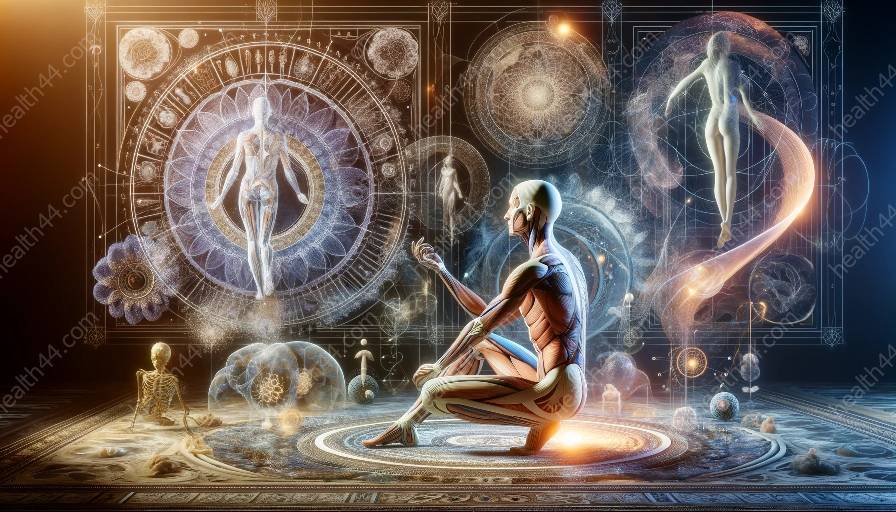The nervous system is a complex network of specialized cells that coordinate the actions and responses of the body. It is divided into the central nervous system (CNS) and the peripheral nervous system (PNS). Understanding the main components of these systems is essential in the study of anatomy.
Central Nervous System
The central nervous system consists of the brain and spinal cord. These structures play vital roles in processing and coordinating information from the body and external environment. Let's delve into the main components of the central nervous system:
- Brain: The brain is the control center of the nervous system, responsible for processing sensory information, controlling muscle movements, and regulating bodily functions.
- Spinal Cord: The spinal cord is a long, tubular structure that extends from the base of the brain to the lower back. It serves as a pathway for nerve signals traveling between the brain and the rest of the body.
Peripheral Nervous System
The peripheral nervous system connects the central nervous system to the limbs and organs, enabling communication between the brain and the rest of the body. It comprises various components that contribute to sensory and motor functions:
- Nerves: Nerves are bundles of fibers that transmit signals between the central nervous system and the peripheral organs and tissues. They can be categorized as sensory, motor, or mixed, depending on their functions.
- Sensory Receptors: These specialized structures detect changes in the internal and external environments, converting stimuli into electrical signals that are transmitted to the central nervous system for processing.
- Autonomic Nervous System (ANS): The ANS controls involuntary bodily functions such as heart rate, digestion, and respiratory rate. It further divides into the sympathetic and parasympathetic divisions, which have opposing effects on physiological processes.
Understanding the intricate components of the central and peripheral nervous systems is crucial for comprehending the anatomy and function of the human body. By exploring the structures and functions of these systems, individuals can gain a deeper insight into the complex mechanisms that govern human physiology and behavior.































